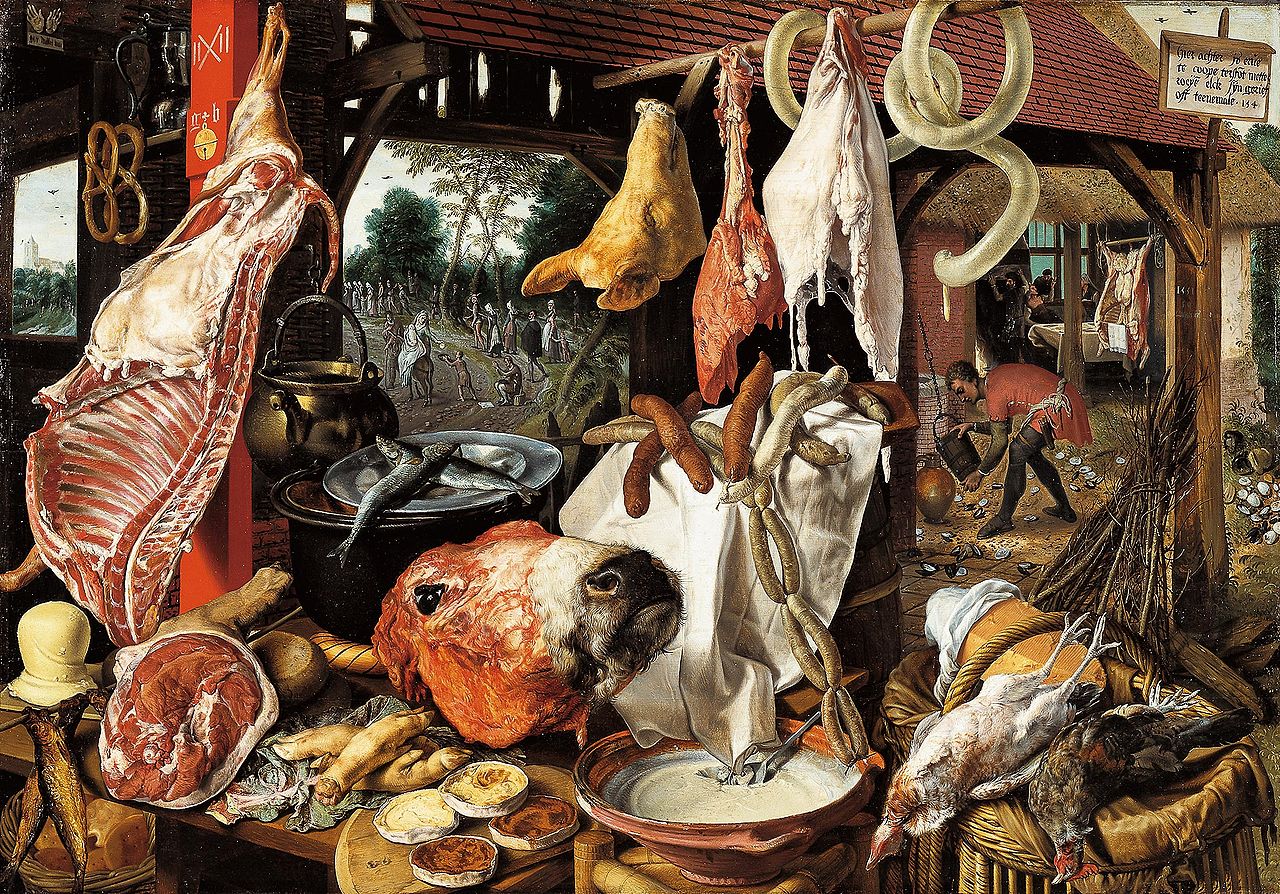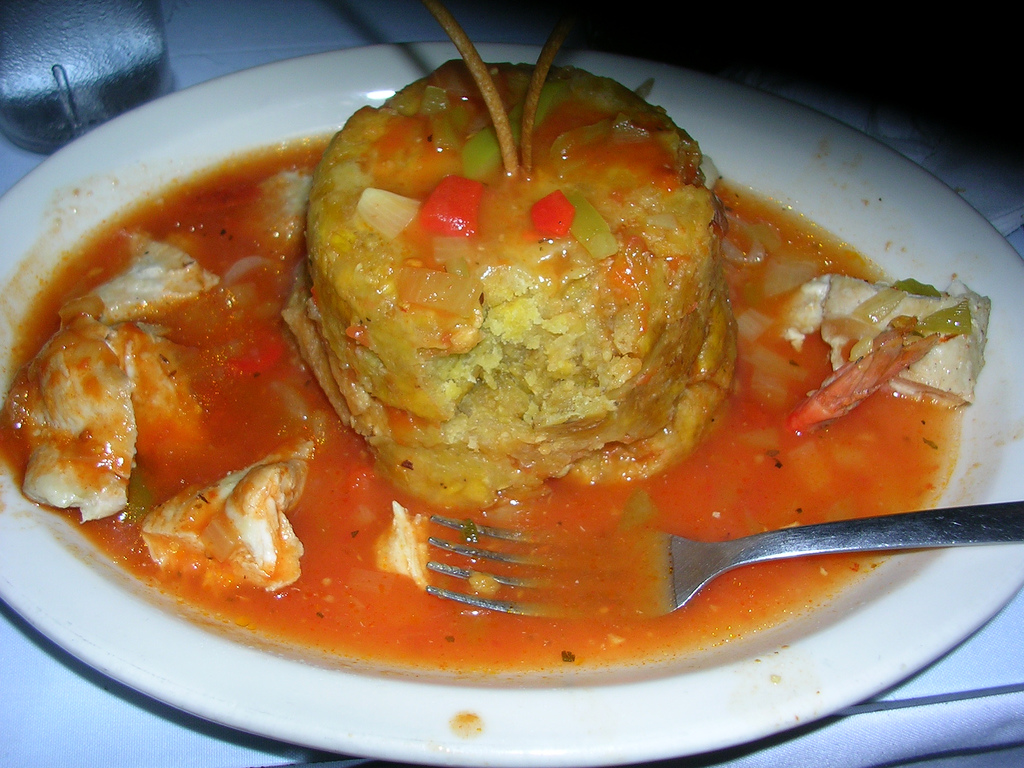Lately I've been spending most of my free time packing so it's distracted me from this blog. Today I cooked a really simple and delicious meal and I knew I had to post it here. It's cool for the hot summer days (it's finally officially summer!) and it's very healthy. And it's a simple recipe, which is good since most of my kitchen things are packed already! Get ready to see a new kitchen in the background of my photos of food, because I'm moving in only one week.
This recipe involves soba noodles, also known as buckwheat noodles. You may or may not be able to find them in your local grocery store, but if not they can be found in almost any Asian supermarket. If you want you could sub out soba noodles for spaghetti noodles, but I urge you not too. Then you'd be missing out on the tastiness and healthiness of this delicious Japanese noodle. Soba noodles are high in protein, fibre, and manganese. They don't contain gluten so they're a perfect noodle option for people who can't eat gluten.
Soba noodles aren't just healthy, they're delicious. Like, really delicious. About four years ago I went through a period of time where I was obsessed with soba noodles. I ate them twice a week, at least. I ate them for lunch and dinner, sometimes on the same day. I ate them so much that after about a year I became tired of them. For four years I didn't eat any soba noodles. A couple weeks ago I saw them on the shelf in a grocery store and decided to buy them. One large and delicious bowl later and I'm hooked again. I just need to remember to pace myself this time!
Feel free to experiment with your toppings!
Delicious soba noodles!
Recipe: Simple Soba
Serves 4
-4 servings of soba noodles (The same amount as what you would cook for 4 servings of spaghetti. One good rule of thumb is that a bundle with the diameter of a quarter is about one serving.)
-1 avocado, cubed
-1 cup soft tofu, cubed
-2 green onions, sliced
-1 large carrot, grated
-4 tbs toasted sesame seeds
Sauce:
-1/4 cup soy sauce
-2 tbs of sugar, or to taste
-1 tsp sesame oil
-1 clove garlic, minced
-1 tsp ginger, minced
-Juice of 2 limes
1. Boil water. Once the water is boiling, add the soba noodles. Allow the noodles to cook until al dente, about ten minutes. Drain the noodles and rinse them in cold water.
2. Whisk together all the sauce ingredients. Add more sugar if desired, depending how sweet you want the sauce to be. Traditionally, cold soba noodles are dipped into sauce with chopsticks. You can do this if you want, but I just mixed the sauce in with the noodles.
3. Serve the noodles in individual bowls topped with avocado, soft tofu, green onions, grated carrots, and toasted sesame seeds. Feel free to omit or add other toppings such as cucumber, edamame, fried mushrooms, or seaweed.








 Basketball player Montell Owens is vegan
Basketball player Montell Owens is vegan 




.jpg)
